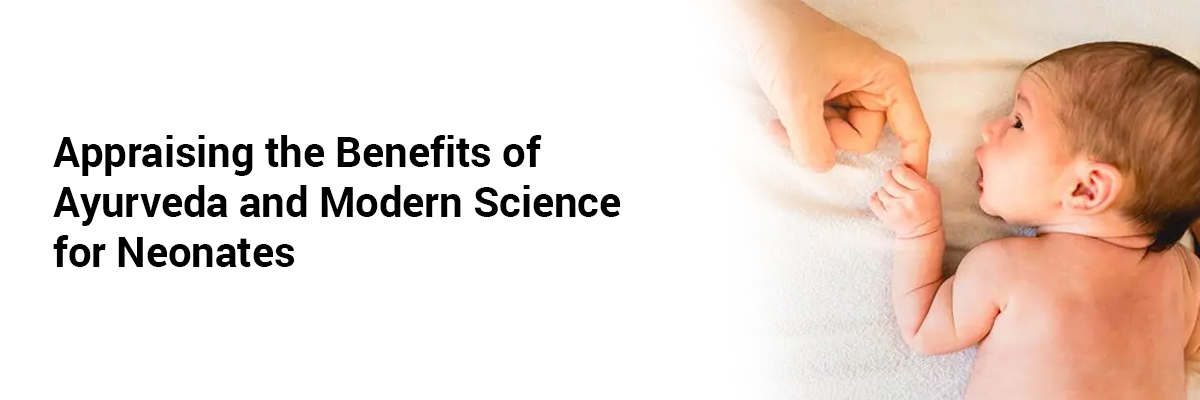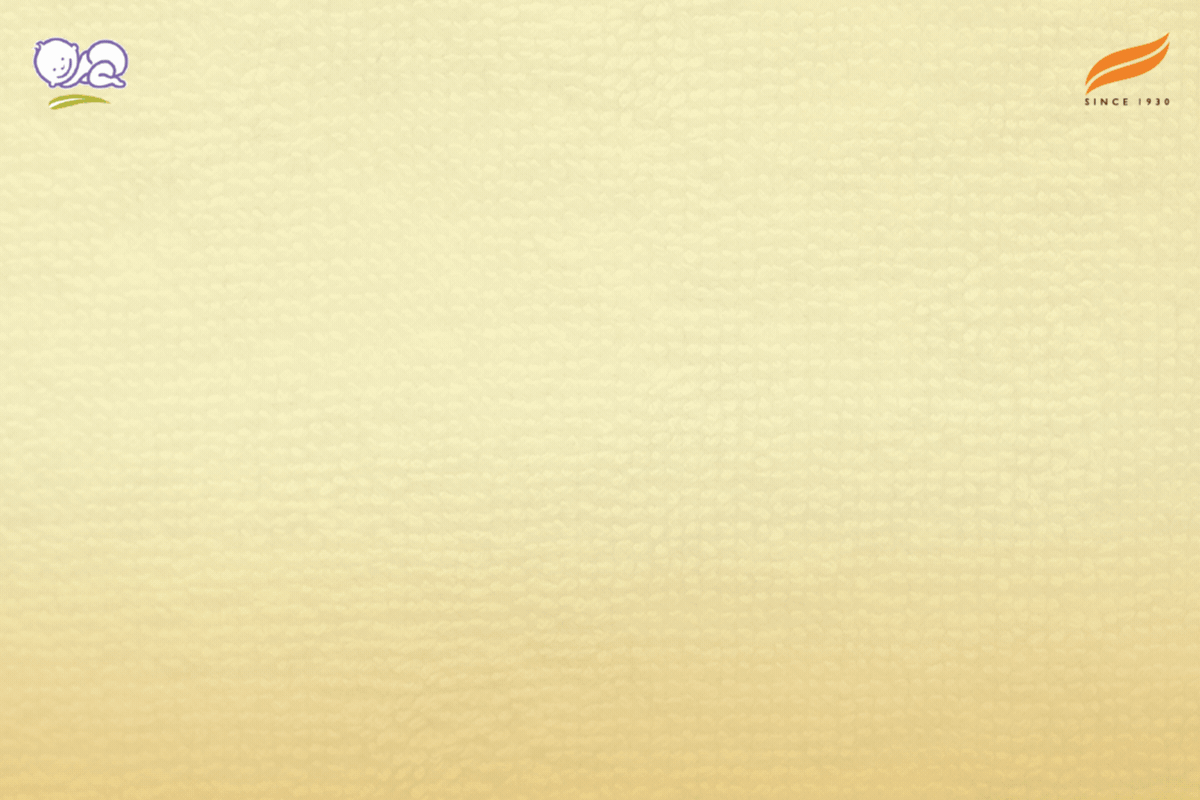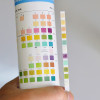
Appraising the Benefits of Ayurveda and Modern Science for Neonates
Neonatal examination is essential to identify any anomalies or delivery-related injuries that may have been missed earlier and to educate mothers on newborn care at home. Traditional Ayurvedic texts, including Charaka Samhita, Sushruta Samhita, and Astanga Hridaya, outline comprehensive neonatal care practices known as Naviata Shishu Paricharya. These practices include neonatal resuscitation (Prana pratyagamana), cleaning the vernix caseosa (Ulva Parimarjana), oral cavity cleaning (Mukh vishodhan), and birth ceremonies (Jata karma). The current article examined these Ayurvedic methods, highlighting their medical relevance and applicability in modern neonatal care, with information gathered from classical Ayurvedic texts, pediatric textbooks, magazines, and research journals.
Ulva Parimarjana (Cleaning of the Vernix Caseosa)
It involves the immediate cleaning of a newborn's vernix using ghee and rock salt, as recommended by Acharya Sushruta and Vagbhata. The significance of this practice is that rubbing ghee and rock salt on the toddler’s body provides tactile stimulation to help resuscitate a newborn experiencing primary asphyxia. Ghee acts as an insulating agent to prevent hypothermia, and clearing the vernix from the oral cavity prevents its aspiration into the respiratory passages when the baby takes its first breaths.
Mukhvishodhan (Cleansing of Oral Hollow Space)
It involves cleaning the neonate's palate, lips, throat, and tongue using the attendant's well-trimmed and clean finger covered with cotton swabs. After cleaning, the anterior fontanel (shiras talu) should be covered with cotton swabs soaked in oily substances.
Cleaning the oral cavity of a newborn prevents the aspiration of amniotic fluid, blood, meconium, or vernix into the respiratory tract when the baby begins breathing, thereby reducing the risk of aspiration pneumonia (Ulvaka). Placing a ghee-soaked cotton piece on the anterior fontanel helps prevent heat loss from the large surface area of the neonate's head and protects it from injury.
Jata Karma (Start Rites)
Jata Karma is the first sacrament performed after a baby's birth. It recommends the initial feeding of the infant with honey and ghee infused with Vedic hymns, followed by breast milk. An earthen jar filled with mantra-charged water is placed near the baby, which can maintain humidity in the baby's environment. This ceremony supports the baby's transition to life outside the womb, providing essential nutrients, stimulating the immune system, and promoting gastrointestinal function.
Gold bhasma is used for physical protection and cognitive development. The use of mantras offers emotional support to parents, aiding breastfeeding initiation, which is vital for the baby's nutrition and immunity.
Thus, modern care measures for newborns, as well as those outlined in ancient texts, demonstrate a comprehensive understanding of essential practices which can help in conditions like resuscitation, hypothermia, aspiration management, and prevention of infection.
Source: Patole, Lalita Nivrutti; Hend, Apoorwa Kishor1. Examination of the Newborn Baby According to Ayurveda and Modern Science. Journal of Preventive, Diagnostic and Treatment Strategies in Medicine 2(3):p 129-134, Jul–Sep 2023. | DOI: 10.4103/jpdtsm.jpdtsm_89_23








Please login to comment on this article